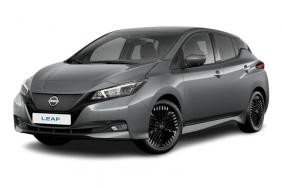

Search Filters


Our Nissan Leaf Lease Deals.

From
£514.70 inc VAT
Initial rental: £4,632.34 inc VAT
48 months, 10000 annual mileage,
RRP Value £28,440.00 inc. VAT

From
£544.92 inc VAT
Initial rental: £4,904.28 inc VAT
48 months, 10000 annual mileage,
RRP Value £28,940.00 inc. VAT

From
£560.35 inc VAT
Initial rental: £5,043.17 inc VAT
48 months, 10000 annual mileage,
RRP Value £30,440.00 inc. VAT

From
£428.92 exc VAT
Initial rental: £3,860.28 exc VAT
48 months, 10000 annual mileage,
P11D £28,440.00

From
£454.10 exc VAT
Initial rental: £4,086.90 exc VAT
48 months, 10000 annual mileage,
P11D £28,940.00

From
£466.96 exc VAT
Initial rental: £4,202.64 exc VAT
48 months, 10000 annual mileage,
P11D £30,440.00
Vehicle Showroom
You need to have an account to add vehicles to your showroom. Click the button below to login or to create a new account.
Register or Log In